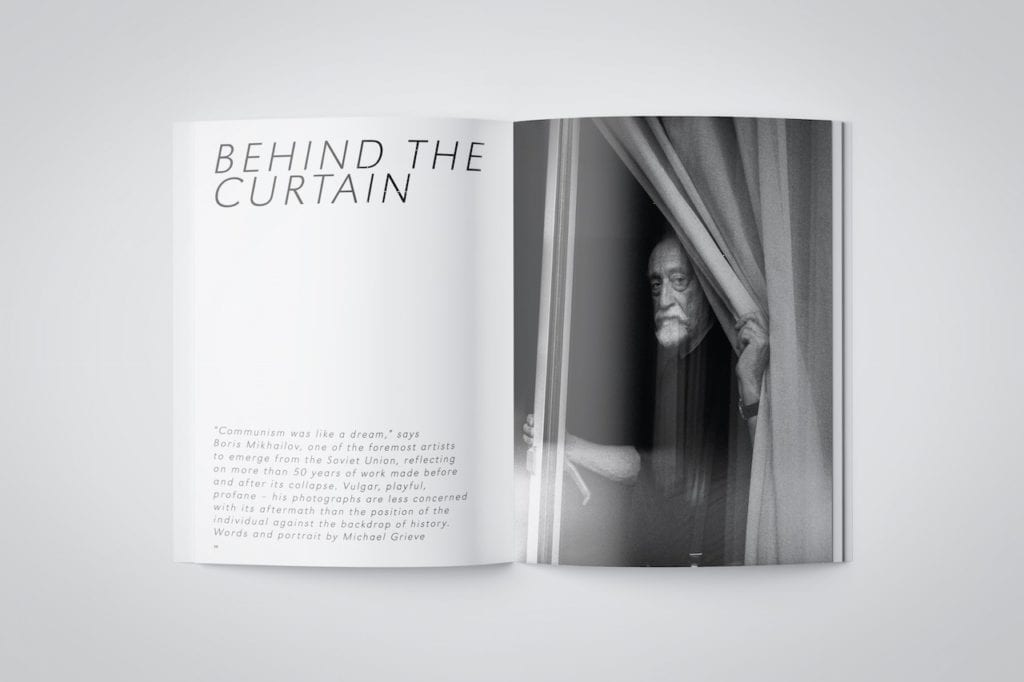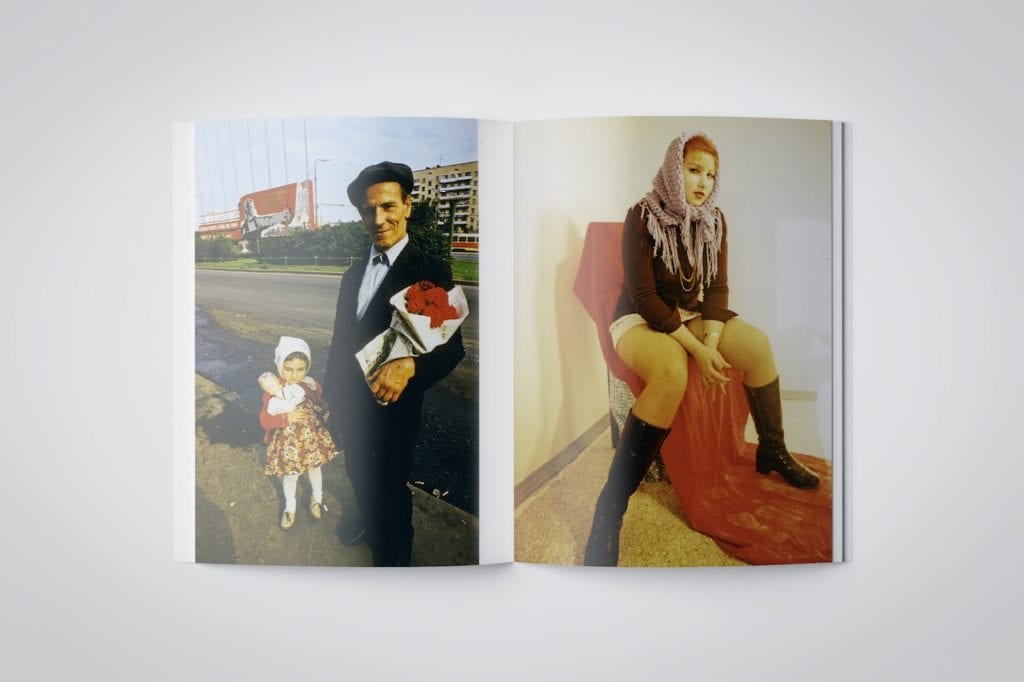This year marked the 100th anniversary to the October Revolution; the Bolshevik coup lead by Vladamir Lenin that would result in the Russian Civil War (1917-22) and, ultimately, the foundation of the USSR and the communist regime that lasted until 1991. In the BJP’s latest issue, we try to understand something of the vast history of the Eastern Bloc.
Issue #7866 begins all the way back in 1917 with Moscow-based Italian photographer David Monteleone’s new book The April Theses, an immersive retracing of Lenin’s journey back to Russia from political exile in Zürich. Uncovering notes, bills and letters enabled the photographer to re-imagine a near step-by-step route, going so far as to dress in a suit similar to one Lenin might have worn, growing his beard, and adopting his stance to assume his role, in photographs taken in places Lenin would have travelled through.
“I found the iconography of him as the father of the Soviet Union fascinating,” says Monteleone. “But what hooked me was that there is nothing that describes his character or what he was like as a person, as a human being.”
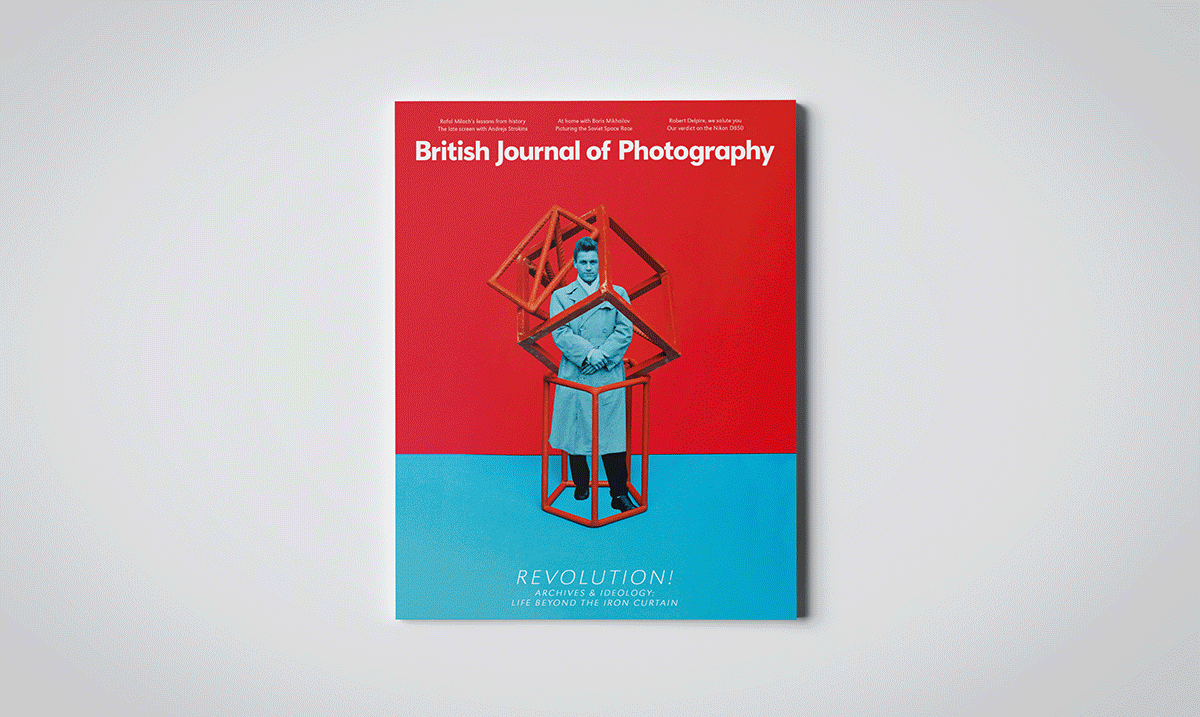
History and its documentation underscores Lina Kohonen’s Picturing The Cosmos: A Visual History of Early Soviet Space Endeavor too. In it, Kohonen explores the ways in which the imagery and photography that surrounded The Space Age between the 1950s and 60s in the USSR was central to society, and how it was used to weave propaganda and even restore hope in the government after Stalin’s death in 1953.
“What best defines the space-related imagery in its entirety was a strange connection in which meticulous censorship and excessive propaganda were linked,” she says. She looks at the immense power of Ogonyok, the most popular glossy magazine at the time, and the ways in which the state controlled and regularly altered or hand-painted images in it served to mould the idea of the cosmonaut as hero in the Soviet Union.
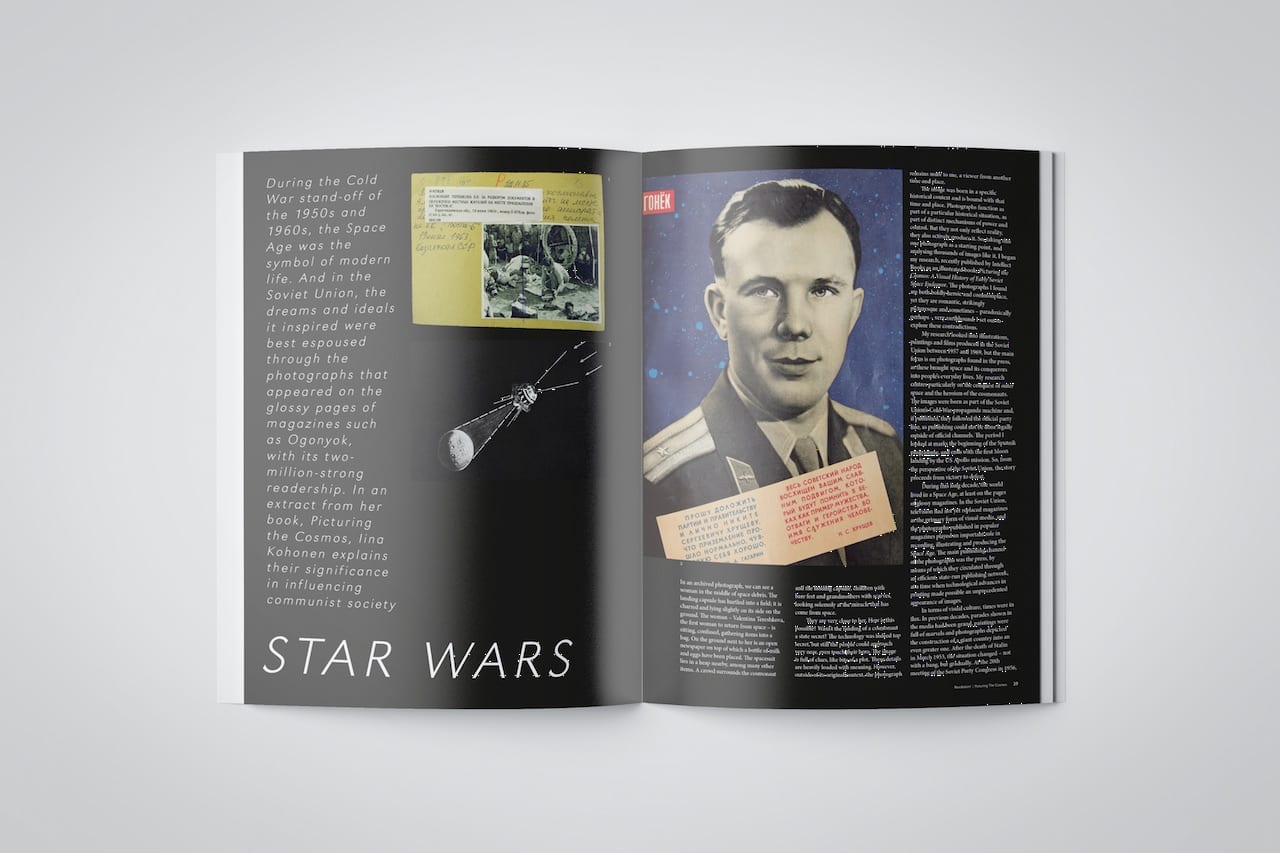
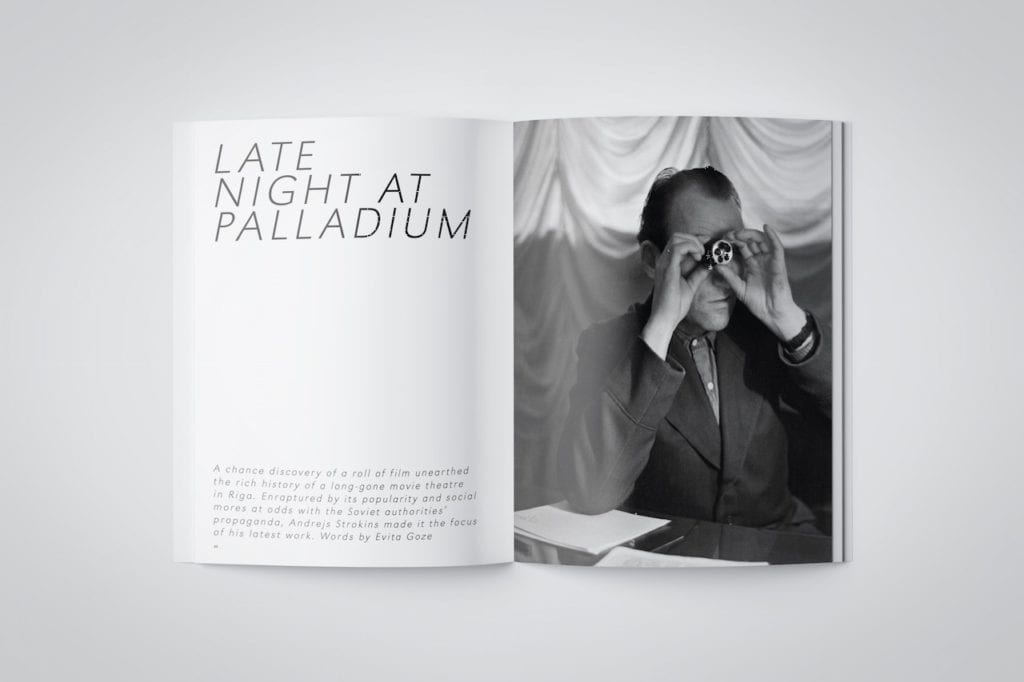
We also feature Latvian photographer Andrejs Strokins’ new book Palladium, which shows images from a roll of film by an unknown photographer that he discovered by chance. It shows the playful, uninhibited social life that existed in a Riga cinema in the late 1950s and early 60s – while cinema under the Soviet Union was regularly used to show propaganda, some cinemas managed to show foreign language films, including this one. This collection is a messy, honest depiction of a corner of life untampered with by authority. “For me these photographs are much more interesting than what professionals took at the time,” says Strokins.
Our cover feature shows off Polish photographer Rafal Milach’s latest collection, which is inspired by a children’s strike in the early 20th century in Poland, and by the workers’ strike that led to the disintegration of Soviet control in Poland in the 1989. Experimental in nature, these images feature cut-out figures pasted onto bright backgrounds, evoking ideas of freedom and control, of young men trapped into constricted spaces.
“It has a certain structure that you read from the front to the back,” says Milach. “Gathering, deconstructing, pacifying and then again, it loops and the story repeats.”
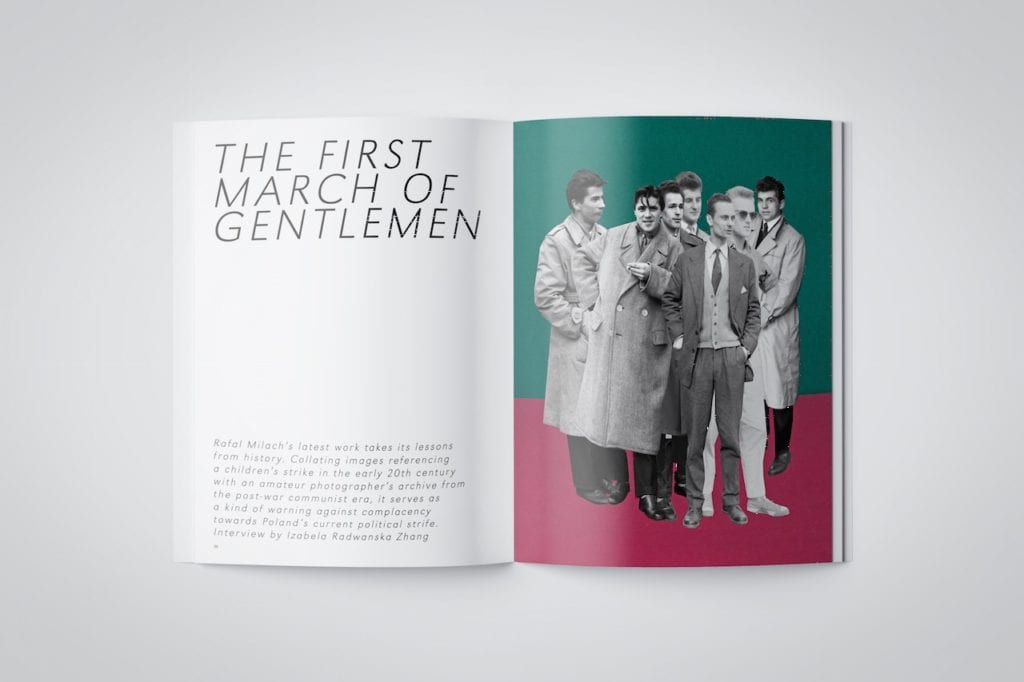
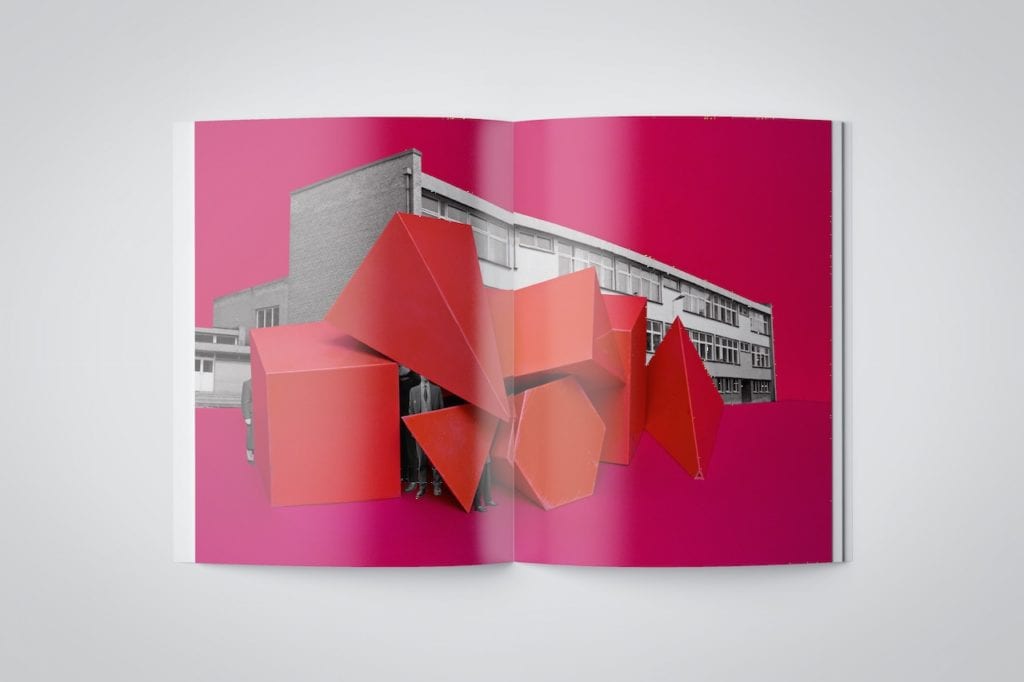
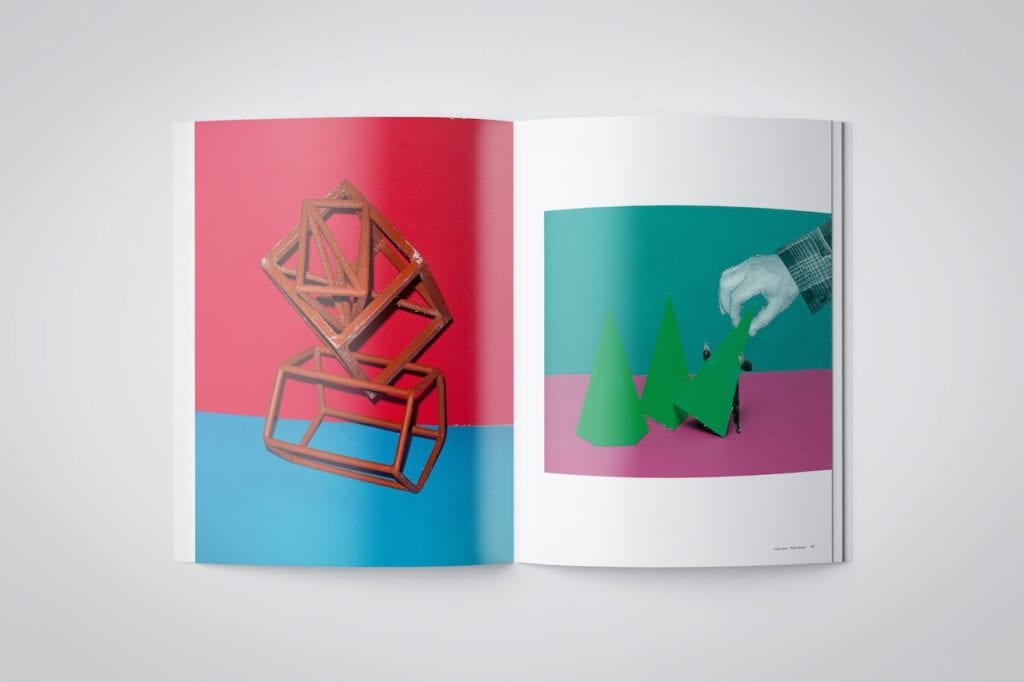
We’re also proud to feature a giant of contemporary Russian art, Boris Mikhailov whose bold, unapologetic portraits tear the veil off identity in Soviet and post-Soviet society. From early collections such as Red (1968-75) to later ones such as At Dusk (1993), The Wedding (2011), and his most recent Diary (2015). Mikhailov’s photographs are truthful and naked – sometimes quite literally.
“Communism was like a dream,” he says. “But I am Soviet, and the system has changed. And I have changed, and something inside the people has changed. It is in now all broken up and the sense of the collective is totally fragmented.”
In addition we include projects on Polish war veterans living in the UK, the national identity of Ukraine, and Svetlana Makoveeva’s new project on Russian history and tradition. We look back at the life and work of French publisher Robert Delpire, chat to Maciek Jaźwiecki photo editor of Polish magazine Duży Format, and test out the new Nikon D850.
